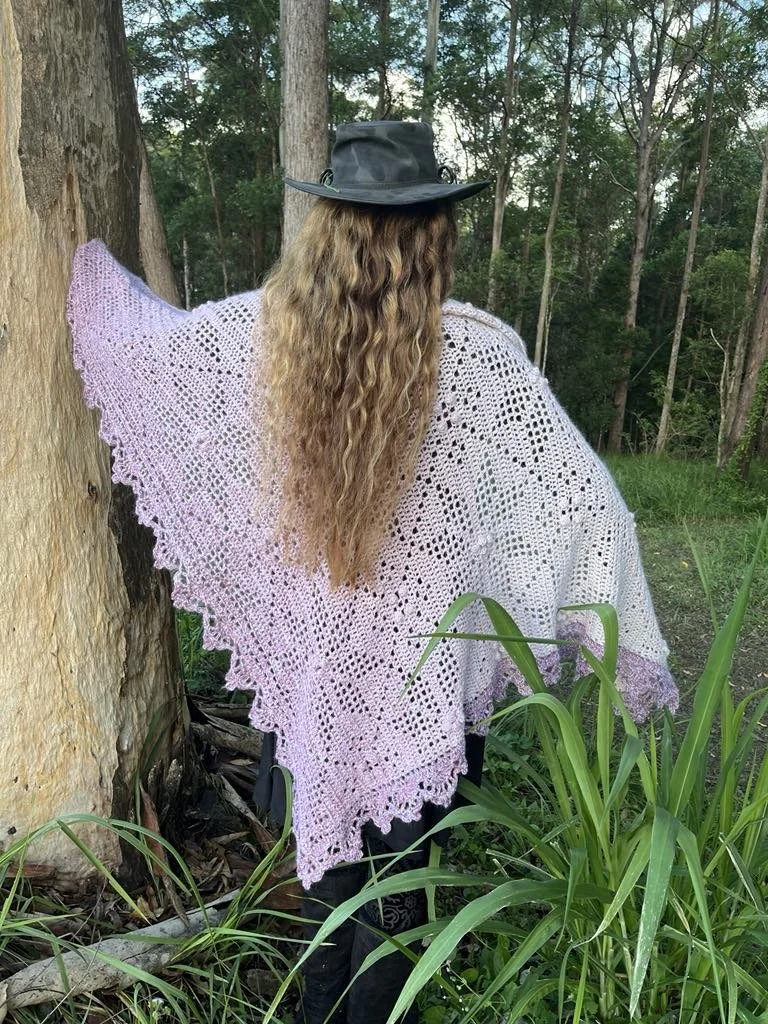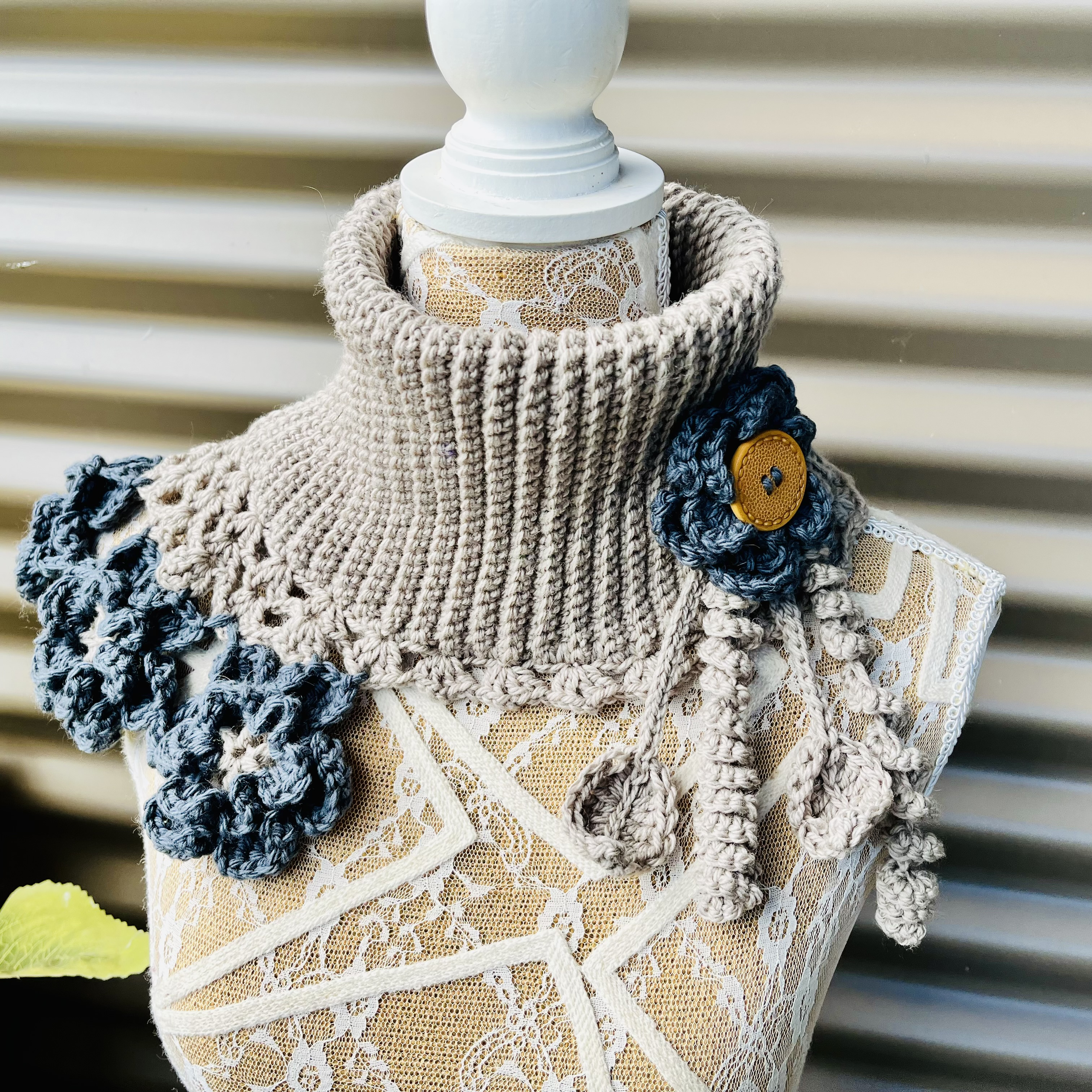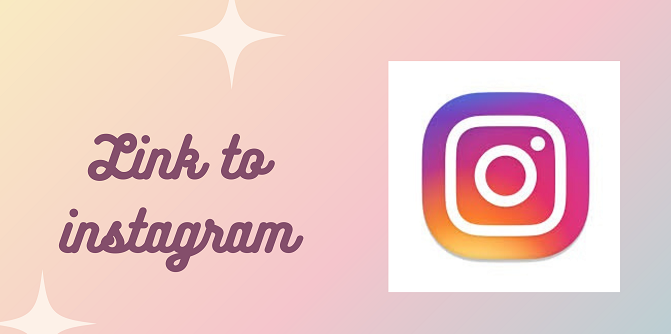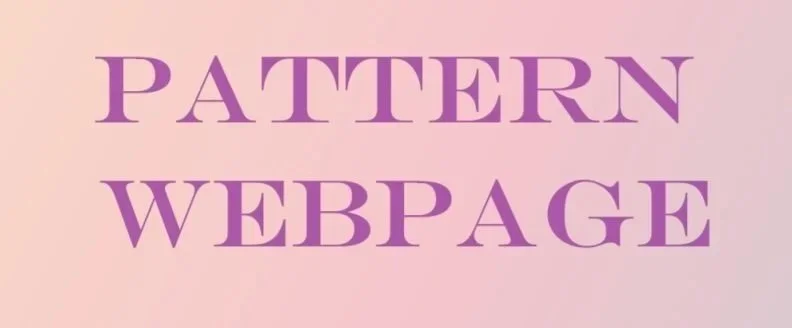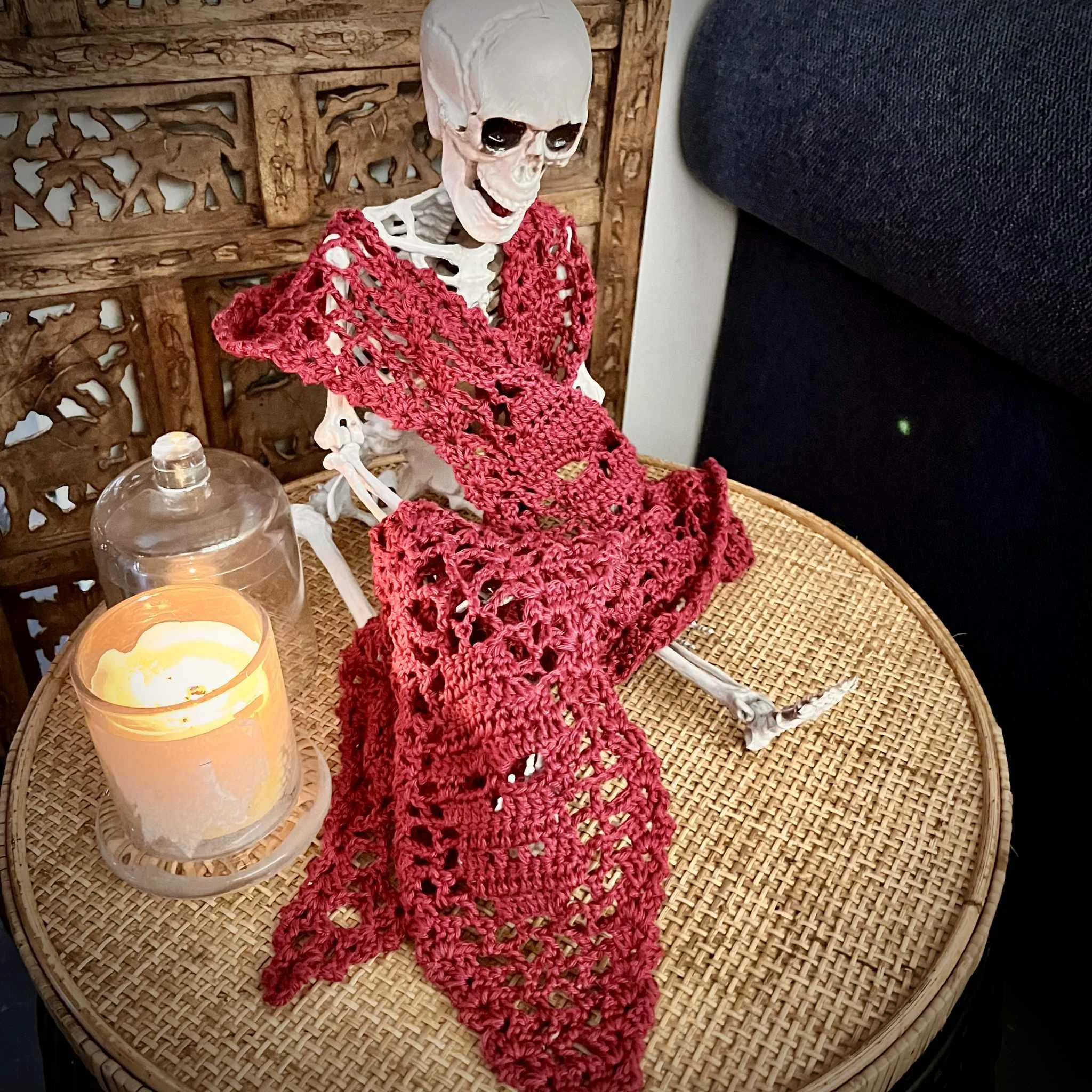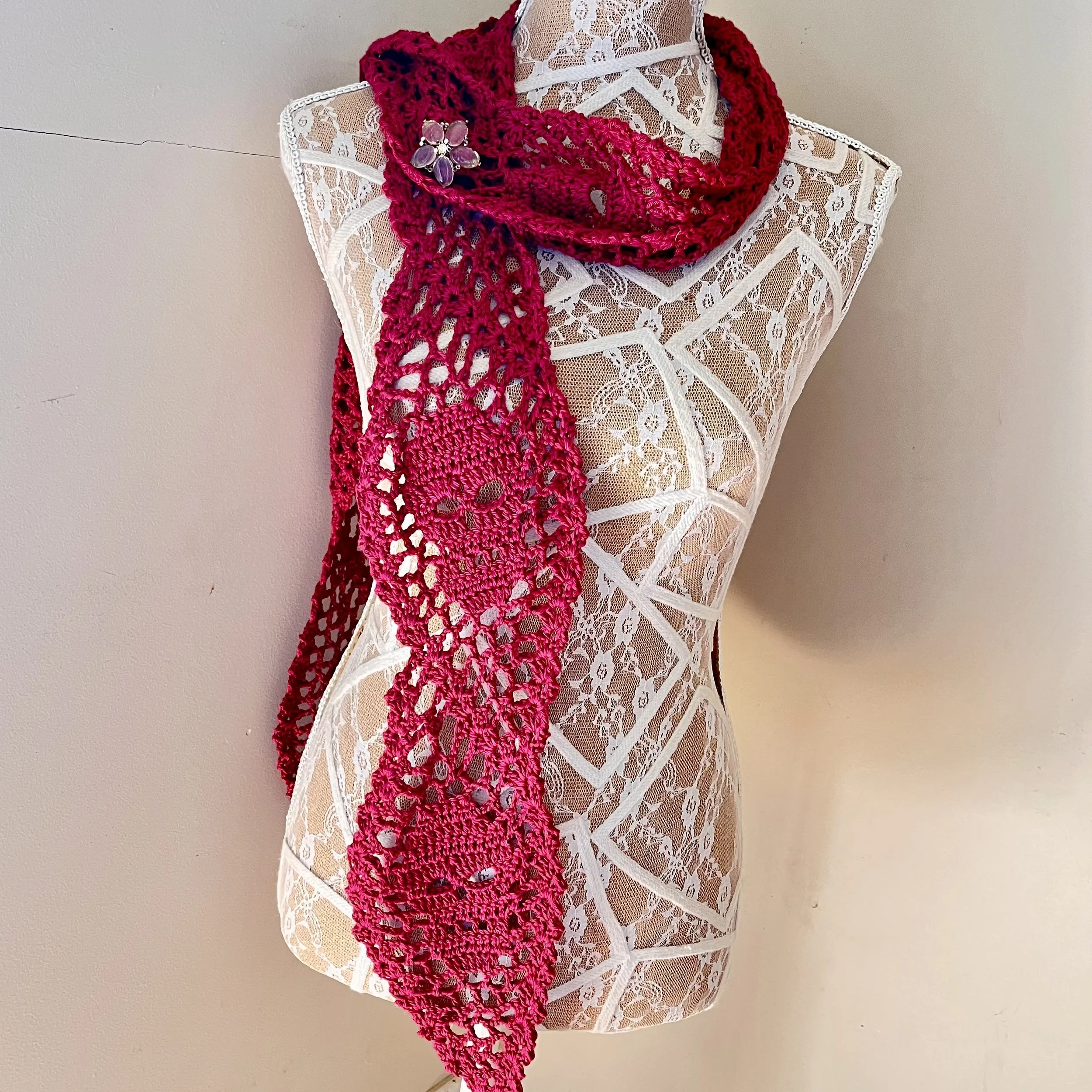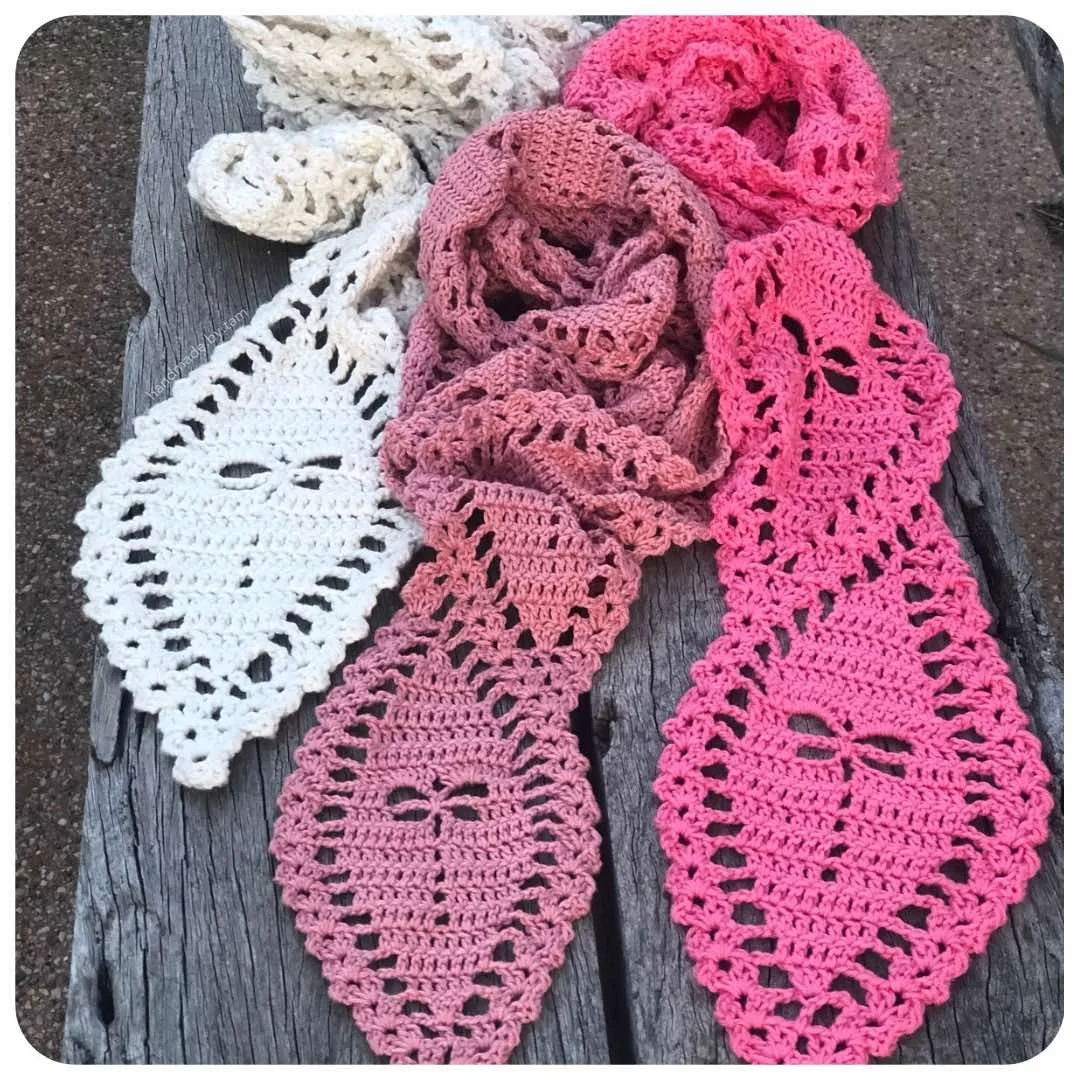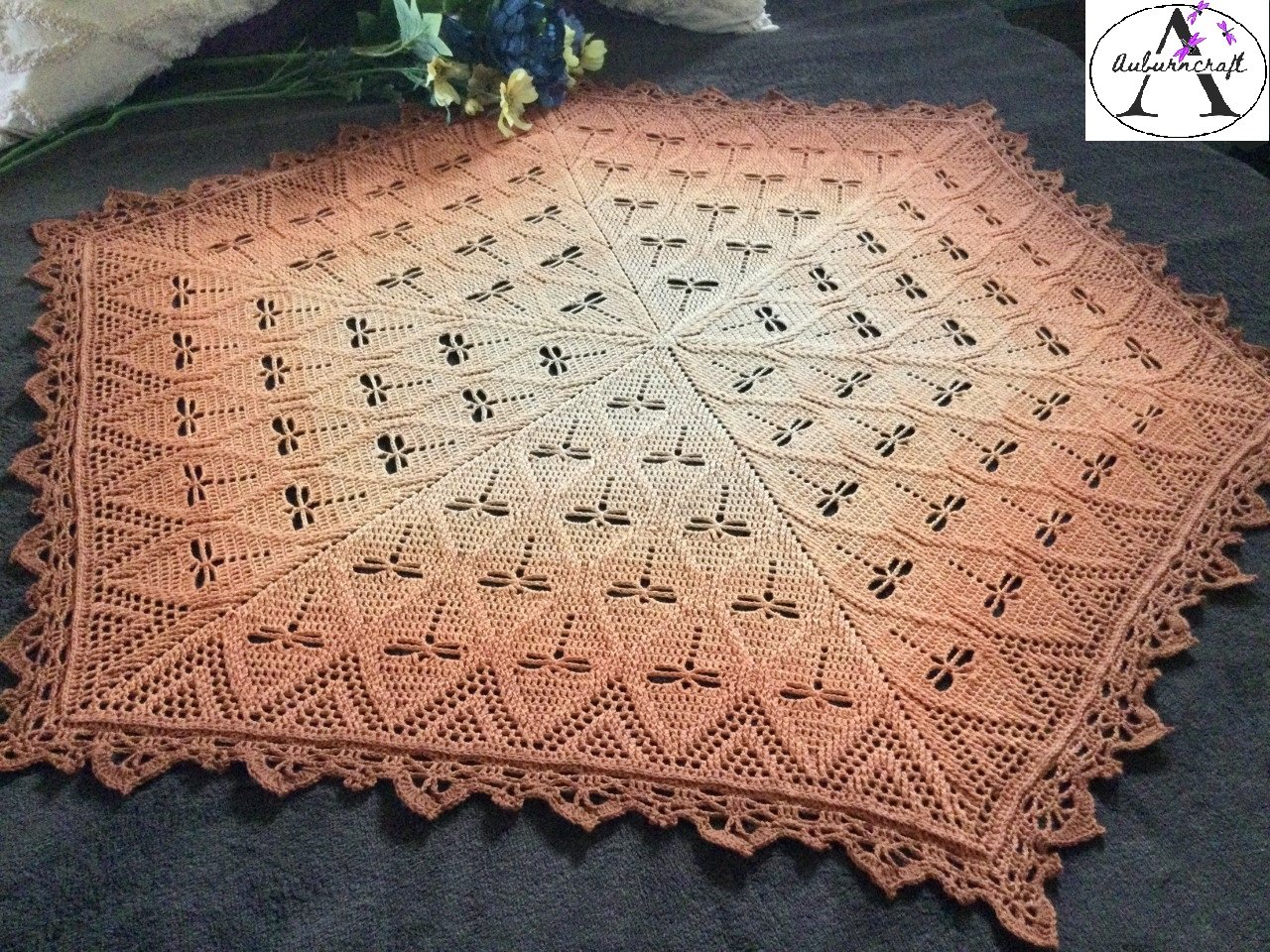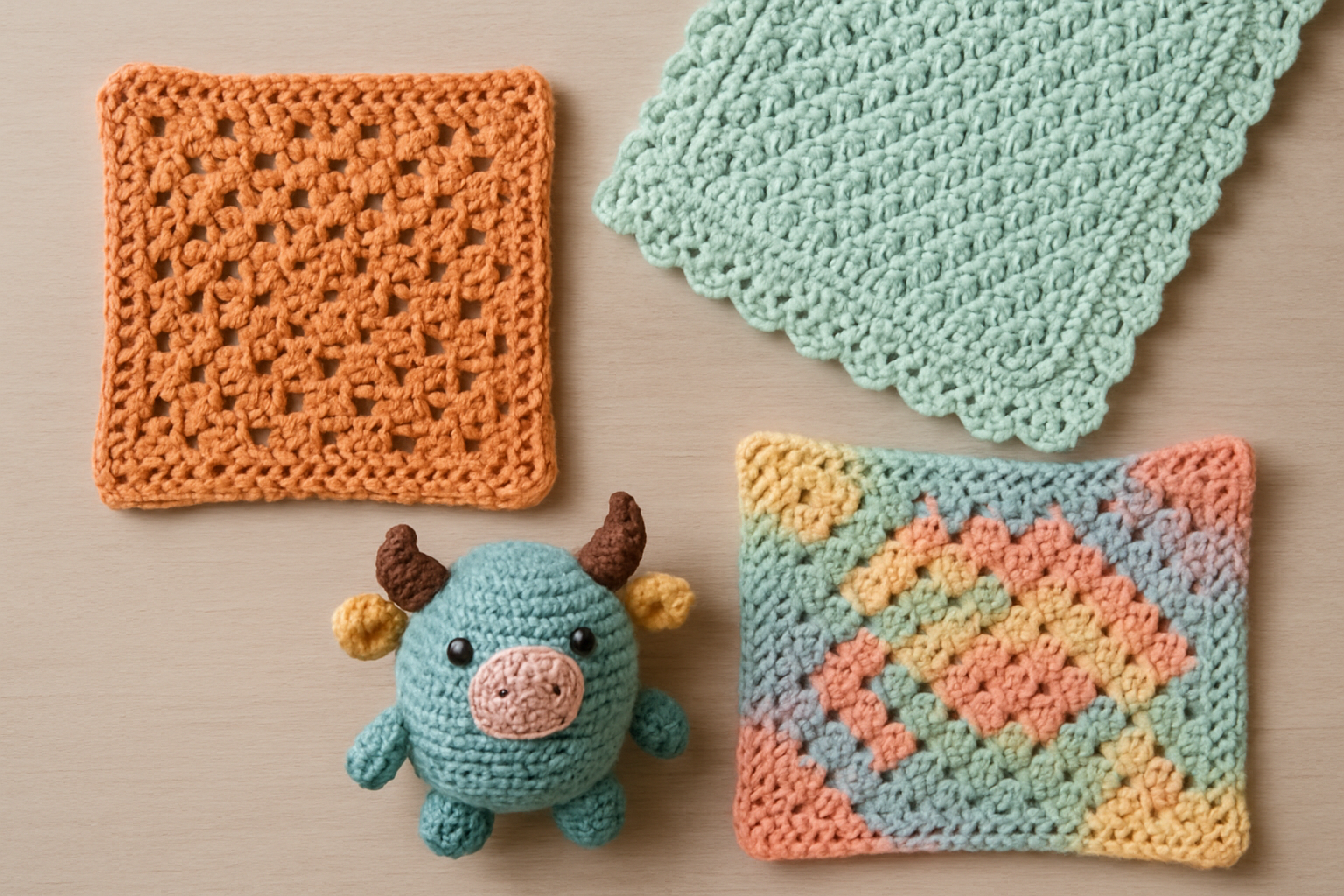2025 has certainly been an interesting year.
A year full of challenges — the sort that arrive uninvited — yet somehow the creativity kept going. Even with everything happening around me, I still managed to create 17 new designs. From smaller blankets to doilies and scarves, to a few projects that seriously tested my patience, the hooks kept moving in a blur of creativity.
The pattern test resort (also known as the basement) has been permanently at capacity, staffed by my hardworking testers and fuelled, of course, by quality porridge and the customary daily hour of downtime. I’m sure I test their patience more often than I should, but they keep signing on — so I must be doing something right. Or maybe they just really love porridge. It is top-shelf stuff, with only a few weevils in it.
My latest release was epic! As often happens when I design, an idea morphs as I go, and this one did exactly that — growing into a very large blanket, the kind that quietly expands until you suddenly realise it spans a king-sized bed. The initial aim was to use up my yarn stash, but that idea quickly went by the wayside when, of course, there wasn’t enough. And if this was going to be in rainbow colours, I simply had to have yellow — and I couldn’t possibly leave orange out. I suppose I shall have to add Greeeeeeeeeeen. Vomit!
In the end, it was worth all the work, even the addition of the dreaded Greeeeeeeeeeen, and watching it come together reminded me why I love designing in the first place.
This year also pushed me into something new: videos.
I’ve started making a few very basic clips for parts of my patterns that people often need help with. I cannot imagine myself ever doing full tutorials — that’s not who I am — but small, simple steps feel manageable. My little YouTube channel is growing slowly, and I’m genuinely grateful for everyone who watches, subscribes, or just presses the thumbs-up button.
Small moments — like seeing one of my designs proudly shown off by a maker, gifted to someone special, or featured by a company such as LoveCrafts — always put a smile on my face. They might seem like small things, but they’re big for me and a quiet reminder of why I love doing what I do.
Of course, the landscape has shifted this year too.
With AI-generated content popping up everywhere, the number of scams has exploded. People selling patterns that don’t work, designs stolen, photos misused, and items that look pretty on screen but are impossible to crochet in real life. Add in the ongoing juggling act of keeping customers happy. And of course, there’s always that sting of a less-than-stellar review from someone who never even asked for help. It’s added a whole extra layer of frustration and worry — and I suspect things will not change in the future. As for the AI, it’s something we’ll all be dealing with even more in the years ahead. It’s made me even more determined to create work that’s tested, trusted, and genuinely mine.
Looking towards 2026, there’s plenty more coming.
Next year I’ll be taking part in at least one event in collaboration with a local yarn store. I was also invited to a much larger convention here in Australia. It was an honour to be asked, but I decided to decline — I’m simply not a front-of-house person. Put me behind the hook, behind the scenes, and I’m perfectly happy. Put me in front of a hall full of people and that’s a very firm “no, thank you.” I love sharing my work and I’m more than happy to join in, as long as it can be done from behind the scenes. But ask me to be a keynote speaker and that’s just not going to happen
Several designs are already in testing, and there’s a long list waiting in the design queue. Expect more texture, more unexpected details, more flowers worked in… and yes, more dragonflies, always.














